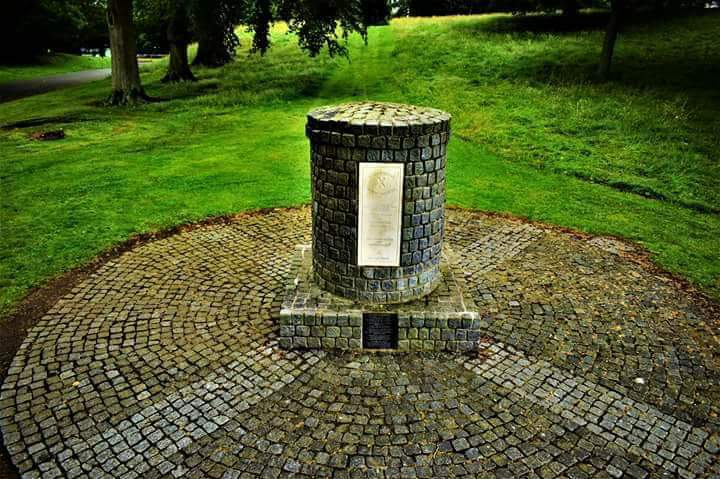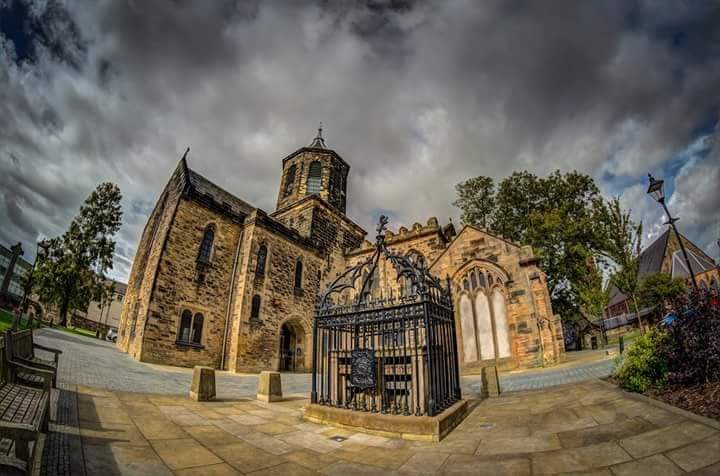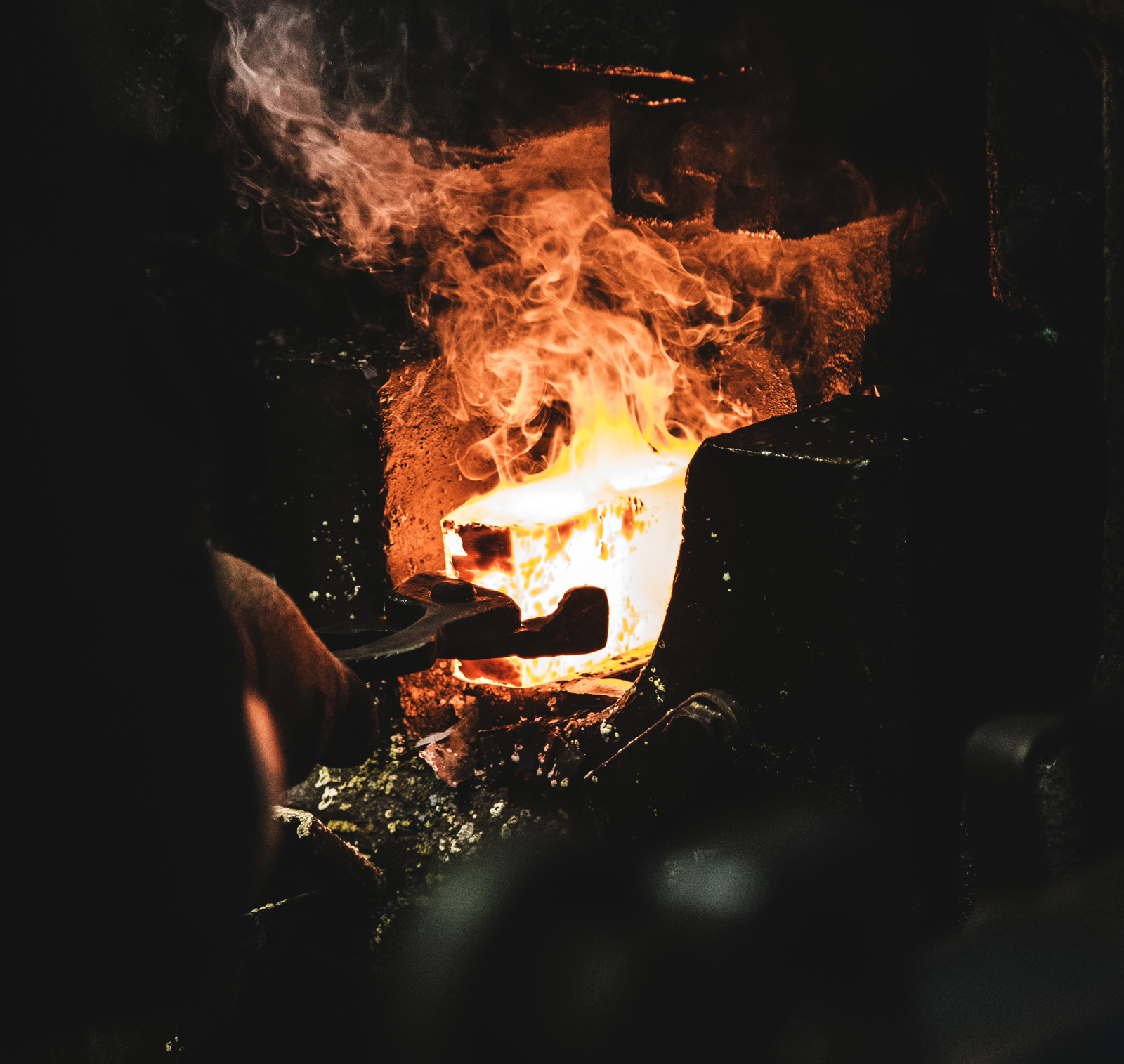When we think of Scotland’s medieval past Sir William Wallace may well spring to mind, but few people have heard of Sir John de Graeme of Dundaff, the “Right Hand of Wallace” who fought alongside him in the Scottish wars for independence, including the Battle of Falkirk in 1298.
Sir John was legendary for his bravery and was known as 'Graeme with the Bright Sword.'
fields['text']) echo $section->fields['text']; ?>
Remembering Sir John de Graham
Sir John de Graeme has been memorialised in many ways. The 15th-century poet Blind Harry wrote about Sir John in his famous poem about William Wallace, known as The Wallace. The Grahamston district in Falkirk and Falkirk Grahamston railway station are both named after Sir John. There’s also a Battle of Falkirk memorial cairn in the grounds of Callender Park, which was completed in 2007, and a memorial fountain in Victoria Park in Falkirk, marking the spot where Sir John fell. You can learn more about Sir John through The Society of John De Graeme. Although less famous than William Wallace, Sir John de Graeme played a pivotal role in both Falkirk’s local history and that of Scotland.
By David Reid.
Her lyse Sir John the Graham, baith wight and wise,
fields['text']) echo $section->fields['text']; ?>
Ane of the Chief who saved Scotland thryse,
Ane better knight no to the world was lent
Nor was gude Graeme of truth and hardiment.
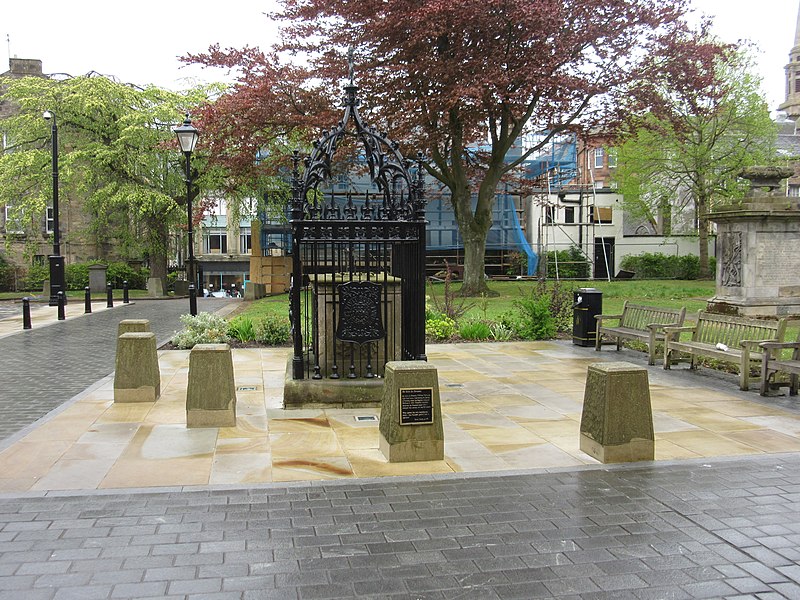

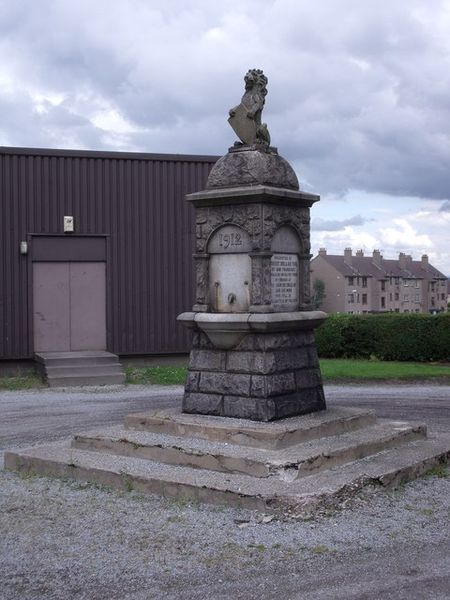

Sir John de Graeme of Dundaff was born during the early 13th century. Dundaff castle, at the head of the Carron valley near Falkirk, was unique because it had a square ditch, used by the Normans for protection and to control the local population. Sir John’s father is believed to be the grandson of William de Graeme and Sir John himself was legendary for his bravery and was known as “Graeme with the Bright Sword.”
Wallace, after escaping his English pursuers by swimming the icy River Forth, met Sir John late in 1296. He spent three nights with the Graeme’s of Dundaff before going to Gilbank, near Lanark, for Christmas. Early in 1297, Sir John Graeme, with thirty men, met Wallace at Queensferry as he was being pursued by the English, and defeated them.
In May 1297, Wallace and de Graeme avoided an ambush at Lanark, fighting the English in a narrow street before escaping through the home of Wallace’s wife, Marion. The local sheriff killed Marion and burned down her house. The following night Wallace returned to avenge his wife, and killed the sheriff and his son, while de Graeme led an attack on the English garrison, killing the commander and all of his men.


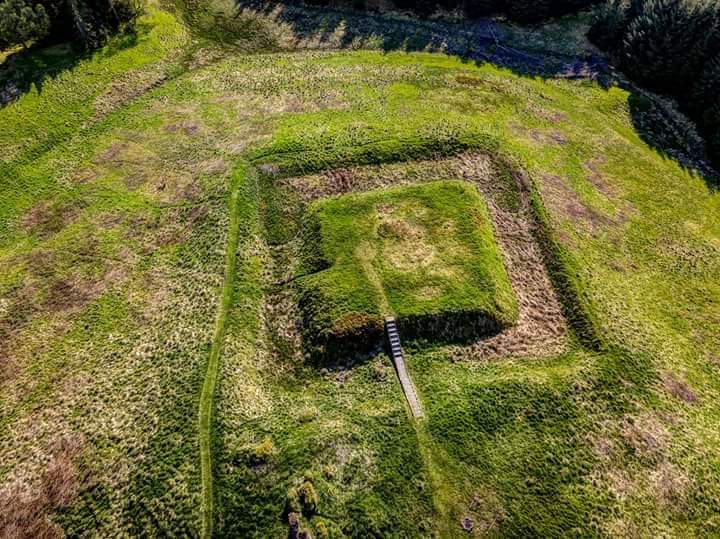

The Battle of Stirling Bridge
Sir John Graeme was a member of the army, led by Sir William Wallace and Sir Andrew Moray, at the Battle of Stirling Bridge, on September 11, 1297. The Scots lured the English army onto a narrow wooden bridge, across the River Forth, then fired at the bridge and attacked those who had already crossed. The English were defeated and driven out of Scotland for the time being.
The Battle of Falkirk
At Falkirk, July 22, 1298, Sir John Graeme died while fighting at Wallace’s side. His armour had not been properly secured at his waist and he was killed by an English knight. William Wallace carried Sir John’s body to the Parish Kirk in Falkirk, where he was buried. The inscription on his grave in Falkirk Old Parish Church reads:
There are three scallop shells on Sir John’s shield which suggest that Sir John or a close ancestor made a pilgrimage to the shrine of St. James the Greater (one of Jesus’s disciples) in Santiago de Compostela in Spain. This pilgrimage has been carried out since at least the 11th century. The beaches close to the cathedral are littered with scallop shells and people would take them home to commemorate their pilgrimage. There is also a legend that St. James performed a miracle from beyond the grave by saving a knight from drowning. When the knight was pulled to the surface he was covered in scallop shells.
